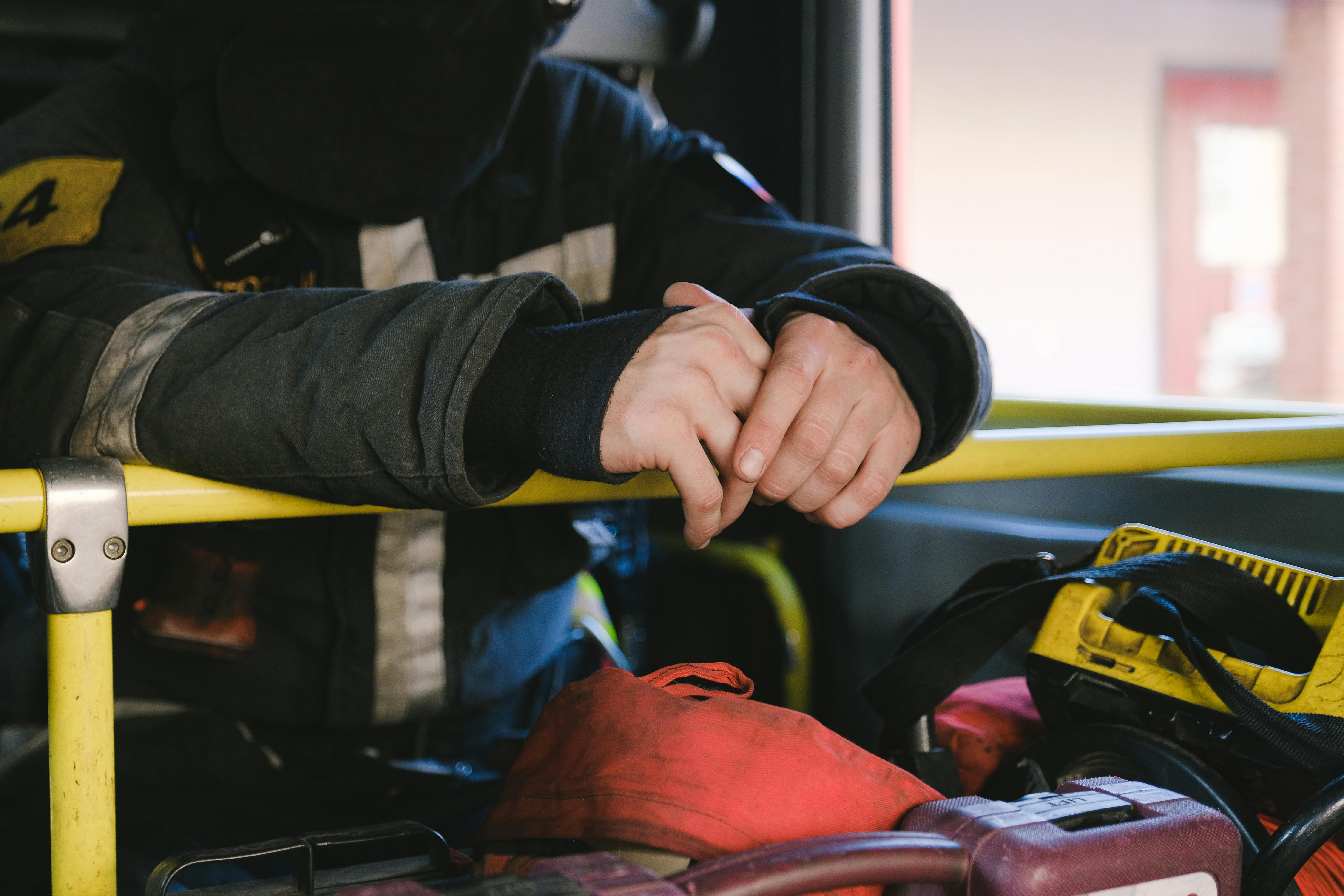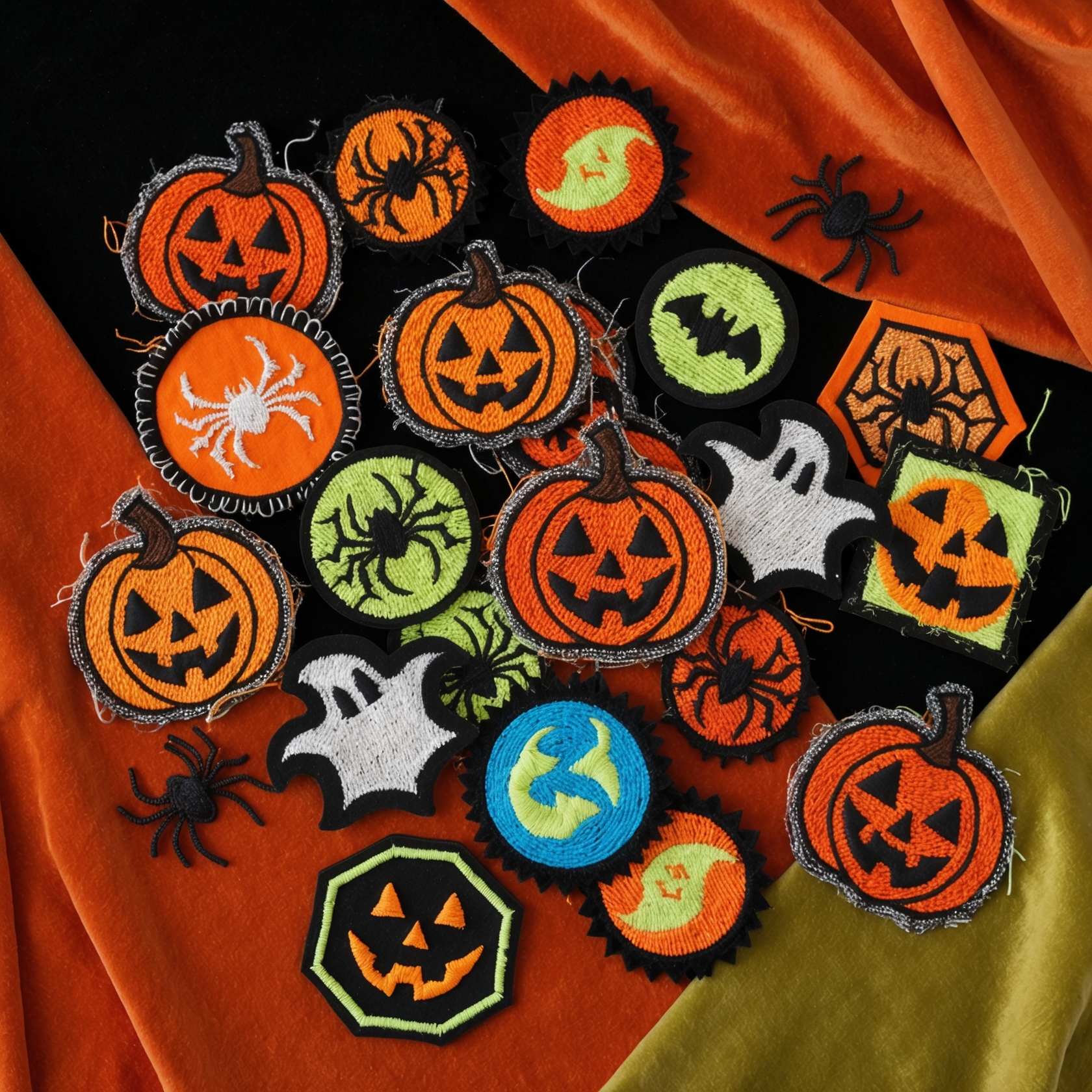Imagine a firefighter’s jacket adorned with a vibrant patch. This patch isn’t just a piece of fabric; it’s a symbol rich with history, pride, and meaning. Each icon, color, and design element tells a story of bravery, dedication, and community. But what do these intricate designs really signify? Let’s unravel the hidden meanings behind fire department patches and discover how these small emblems carry profound messages.
Fire department patches are more than just identifiers; they are intricate symbols that represent the values, history, and pride of fire departments. Each patch is meticulously designed to convey a story, honor traditions, and foster a sense of belonging among firefighters. This article explores the hidden meanings behind fire department patches, addresses common misconceptions, and provides insights into the significance of these powerful symbols.
The Origins of Fire Department Patches
Early Beginnings:
The tradition of using patches in fire departments dates back to the early 20th century. Initially, these patches were simple and functional, primarily serving as identification markers for firefighters. They often featured basic designs such as the department’s name and a simple emblem, ensuring that firefighters could be easily recognized during emergencies.
- Example: Early New York City Fire Department (FDNY) patches were straightforward, featuring the department’s initials and a basic firefighting symbol.
Some might argue that early patches were too simplistic to hold significant meaning.
Solution:
While early patches were indeed simple, they laid the foundation for a tradition of pride and identification. Over time, these patches evolved to incorporate more detailed and symbolic elements, reflecting the growing complexity and professionalism of fire services.
The Evolution of Fire Department Patches
Mid-20th Century Changes:
As fire departments grew and professionalized, so did their patches. The mid-20th century saw a shift towards more detailed and colorful designs. Departments began incorporating unique symbols and motifs that represented their specific values, missions, and local identities.
- Example: During the 1960s, many fire departments began adding elements such as local landmarks, specific firefighting equipment, and mascots to their patches.
Some may believe that more detailed designs are purely aesthetic without adding real value.
Solution:
Detailed designs serve to enhance the identity and pride within the department. They create a sense of unity and belonging among firefighters, fostering morale and camaraderie. Additionally, these designs help to tell the story of the department’s heritage and local significance.
Decoding the Symbols on Fire Department Patches
1. Common Symbols and Their Meanings
Axes and Helmets:
These are perhaps the most common symbols found on fire department patches. Axes symbolize the tools of the trade and the readiness to break through barriers, while helmets represent protection and safety.
- Example: A patch featuring crossed axes and a helmet signifies the dual roles of breaking through obstacles and ensuring safety.
Some might argue that these symbols are overused and lack uniqueness.
Solution:
While common, these symbols are universally recognized and immediately convey the essence of firefighting. Their timeless significance ensures they remain relevant and powerful.
2. Regional and Local Icons
Local Landmarks:
Incorporating local landmarks into patches helps ground the department in its community. These symbols can include famous buildings, bridges, or other notable sites within the fire department’s jurisdiction.
- Example: A fire department near the Golden Gate Bridge might feature the bridge on their patch, symbolizing their connection to the area and its unique challenges.
Concerns that local icons might not be universally understood.
Solution:
Local landmarks help personalize the patches and strengthen community ties. While they may not be universally recognized, they hold significant meaning for the local community and the firefighters serving there.
3. Colors and Their Significance
Red and Gold:
Red often symbolizes bravery and sacrifice, while gold represents excellence and high achievement. These colors are commonly used in fire department patches to convey the core values of the fire service.
- Example: A patch with a red background and gold lettering signifies the department’s commitment to bravery and excellence.
Some might feel that using traditional colors limits creative design.
Solution:
While traditional colors are popular, incorporating them in unique ways can maintain their significance while allowing for creative expression. Experimenting with different shades and combinations can also add a fresh perspective.
The Role of Patches in Fostering Pride and Unity
Building Team Spirit:
Patches are more than just decorative elements; they play a crucial role in building team spirit. Wearing the same patch creates a sense of unity among firefighters, reminding them that they are part of a larger team with a common mission and values.
- Example: During multi-department operations or community events, the sight of uniform patches fosters a sense of solidarity and teamwork.
Concerns that patches alone cannot boost morale.
Solution:
While patches are just one element, they play a symbolic role in a broader strategy to recognize and motivate officers. When combined with other recognition programs and team-building activities, patches can significantly enhance morale and unity.
Designing Your Own Fire Department Patch
1. Collaborating on Design:
Engage department members in the design process to ensure that patches reflect the collective identity and values of the team. This collaboration can foster a sense of ownership and pride.
- Example: Host a design contest within the department to gather ideas and select the most popular design.
Some may find it challenging to select appropriate symbols and colors.
Solution:
Work with experienced designers who specialize in creating patches. They can provide templates, suggestions, and refine your ideas into a cohesive and meaningful design.
2. Choosing Quality Materials:
Invest in high-quality materials to ensure patches are durable and maintain their appearance over time. This includes selecting the right fabric, threads, and backing options.
- Example: Opt for high-thread count embroidery and durable backing to withstand the rigors of firefighting activities.
Concerns about the cost of high-quality materials.
Solution:
While high-quality materials might cost more upfront, they ensure longevity and maintain the patch’s appearance, offering better value in the long run. Bulk orders can also help reduce costs.
Conclusion
Fire department patches are powerful symbols that convey history, values, and pride. By understanding the hidden meanings behind these patches and involving department members in their design, fire departments can create emblems that foster unity, honor tradition, and build morale. Embrace the power of fire department patches to tell your department’s story and strengthen the bonds within your team.
If you are interested in ordering some high-quality custom patches, feel free to call us at 877-912-6407 or fill out a FREE quote here.




